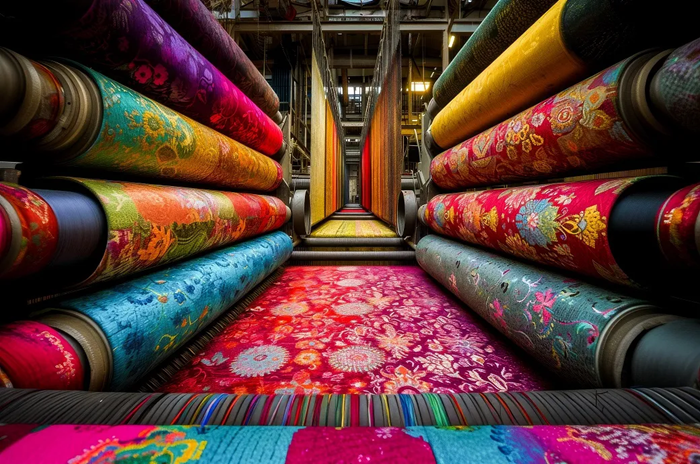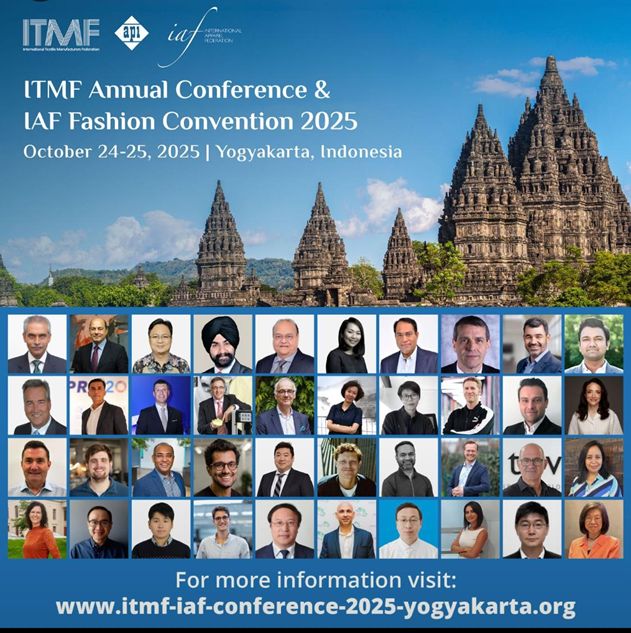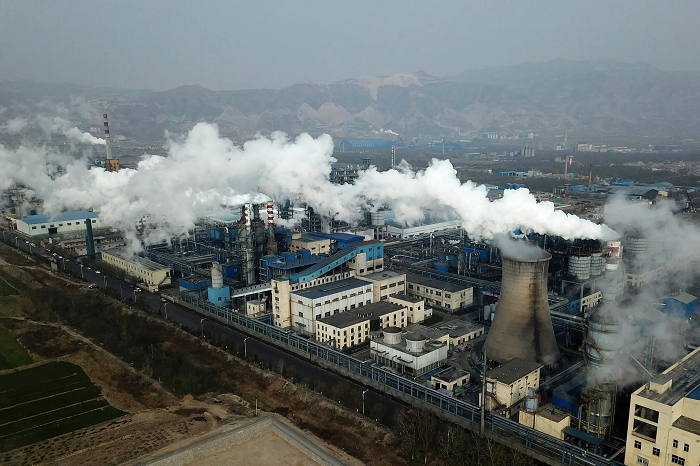
Asia has long been the world's manufacturing hub for textiles and apparel, with a complex web of intra-regional trade leading to economic growth and shaping global fashion trends. This network, however, is constantly evolving, influenced by factors like shifting labor costs, technological advancements, and sustainability concerns.
What’s pushing growth?
Cost competitiveness: Countries like Bangladesh, Vietnam, and Cambodia offer lower labor costs compared to countries like China or South Korea, attracting manufacturing and foreign investment.
Proximity and infrastructure: Geographical proximity within Asia reduces transportation costs and lead times, facilitating efficient supply chains. Developing infrastructure further supports this advantage.
Government policies: Many Asian governments actively promote their textile and apparel industries through incentives, export subsidies, and special economic zones.
Free Trade Agreements (FTAs): Bilateral and multilateral FTAs, like the Regional Comprehensive Economic Partnership (RCEP), reduce trade barriers and foster regional cooperation.
Rising domestic demand: A growing middle class in several Asian countries is driving demand for apparel and textiles, boosting domestic consumption and production.
What has given a major boost to this region is the RCEP. This mega-regional trade agreement, encompassing 15 Asia-Pacific nations, has significantly impacted trade flows by reducing tariffs and promoting investment. Similarly, ASEAN Free Trade Area (AFTA) has facilitated the growth of textile and apparel industries within Southeast Asia by eliminating intra-ASEAN tariffs. Add to it are several bilateral FTAs, such as the India-Japan CEPA and the South Korea-ASEAN FTA, that have further influenced trade relations and market access.
While China remains a dominant player, other nations are rapidly emerging as significant exporters and importers. Here's a breakdown by sector, based on data from the World Trade Organization (WTO) and the United Nations Commodity Trade Statistics Database (UN Comtrade) for the year 2022:
Table: Major exporters and importers
Category Major textile exporters ($bn) Major textile importers ($bn) Fibers China (28.2), India (5.8), Indonesia (3.1) Vietnam (12.1), Bangladesh (4.5), Pakistan (3.8) Yarns China (42.5), India (7.2), Vietnam (6.1) Bangladesh (5.9), Cambodia (2.8), Pakistan (2.3) Fabrics China (78.3), India (12.5), South Korea (10.8) Vietnam (15.3), Bangladesh (8.7), Indonesia (6.2) Apparel Exporters Category Major textile exporters ($bn) Major textile importers ($bn) Apparel China (158.4), Bangladesh (42.6), Vietnam (37.2) Japan (28.5), South Korea (18.7), Australia (12.3)
Note: These figures represent approximate values and may vary slightly depending on the specific product classifications and data sources used.
The table clearly shows China’s dominance both in textiles and apparels. However, now China's dominance is being challenged. While China remains a major exporter, its share in the global textile and apparel market is gradually declining as other countries become more competitive. Southeast Asian countries like Vietnam, Bangladesh, and Cambodia have emerged as key manufacturing hubs, driven by lower labor costs and favorable trade policies. For example, Bangladesh's RMG sector has seen phenomenal growth, becoming the second-largest apparel exporter globally. This success is attributed to low labor costs, preferential trade agreements, and government support. Similarly, Vietnam has strategically positioned itself as a key player in the global textile and apparel value chain, attracting significant foreign investment and focusing on higher-value products. Also, consumers and brands are increasingly prioritizing sustainability, pushing Asian manufacturers to adopt eco-friendly practices and ethical sourcing.
However, despite the growth boost in the region, ensuring fair wages and safe working conditions remains a challenge in some Asian countries. Moreover, the textile industry's environmental footprint needs to be addressed through sustainable practices and circular economy models. Meanwhile, automation and Industry 4.0 technologies are transforming the industry, requiring Asian manufacturers to adapt and upskill their workforce.
Therefore, the textile and apparel trade within Asia is both dynamic and complex. While challenges remain, the region's cost competitiveness, favorable policies, and growing domestic demand present significant opportunities for continued growth and development. As sustainability concerns and technological advancements reshape the industry, Asian countries will need to innovate and adapt to maintain their competitive edge in the global market.












